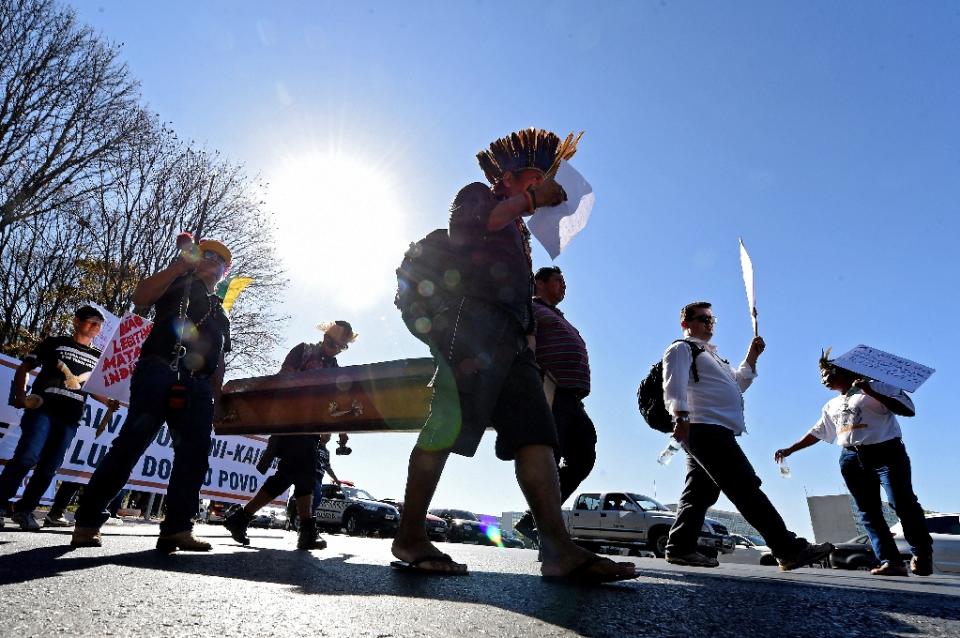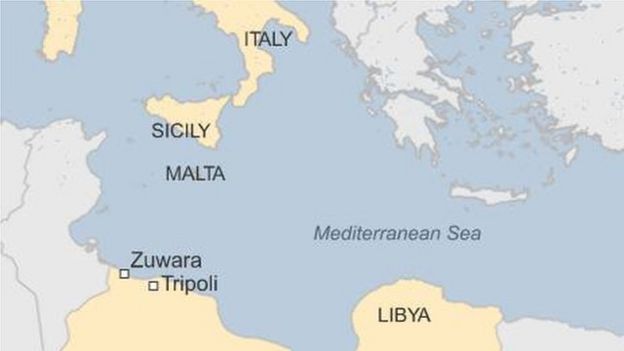By Kaitlyn Degnan
Impunity Watch Reporter, South America
BRASILIA, Brazil — The Guarani-Kaiowa indigenous group of Mato Grasso de Sul reported being attacked by a group of men this week. About 30 armed men drove into the group’s territory and began shooting. The Guarani-Kaiowa fled into the woods to hide, and said that the men came back to shoot again in the evening.

Tensions between the indigenous group and local ranchers began after about 1,000 members of the Guarani-Kaiowa occupied five ranches on August 22, in an offensive to take back their ancestral lands. A number of hostages were taken, but were later released.
Last week, the ranchers launched their own offensive to take back the land, killing indigenous leader Semião Vilhalva. The offensive pushed the Guarani-Kaiowa out of the ranches and cornered them back into a small area of land. Rancher-hired gunmen are reported to be patrolling the area.
They group has appealed to the Brazilian government for assistance, saying that the gunmen are preventing them from burying Vilhalva on their ancestral land.
Indigenous persons led protests in Brasilia following Vilhalva’s death.
Brazilian Justice Minister Jose Eduardo Cardozo condemned the killing. He has travelled to the region with a high-level delegation. Members include the director-general of the Federal Police and the president of government’s Indian agency. Federal troops have also been sent to the area.
There is a long standing history of fighting between the indigenous populations of the area and the ranchers. According to the Indigenous Missionary Council, there were 138 murders of indigenous persons in 2014 alone.
The ranches were located in an area which had been designated as indigenous territory, but the ranchers recently obtained an injunction suspending the process. The Brazilian Constitution required that all indigenous territory be mapped out and returned by 1993, but that promise has gone largely unfulfilled.
The United Nation’s expert on indigenous populations, Victoria Tauli-Corpez, called for a stop to the violence and for protection for the Guarani-Kaiowa.
For more information, please see:
Intercontinental Cry – Indigenous Brazilian Broadcasts Urgent Plea for Help – 2 September 2015
The Ecologist – Brazil: Guarani man murdered by ranchers’ gunmen – 2 September 2015
Yahoo News – Tensions mount over death of Brazil indigenous leader – 2 September 2015
BBC – Brazil indigenous leader’s killing raises tension – 3 September 2015
BBC – Brazil indigenous group Guarani-Kaiowa ‘attacked’ – 6 September 2015


